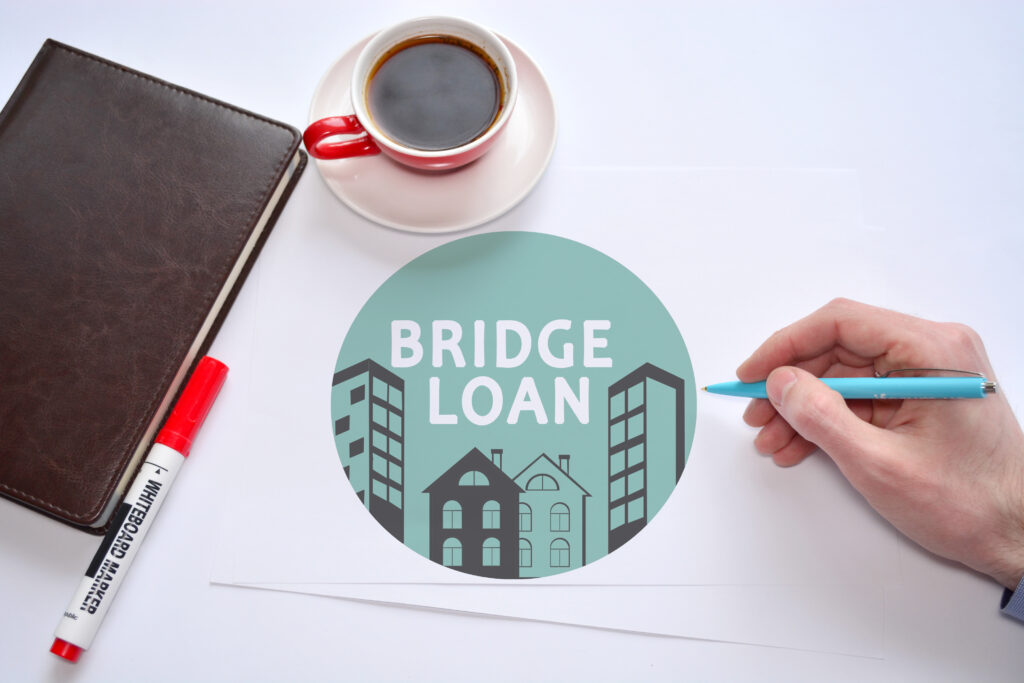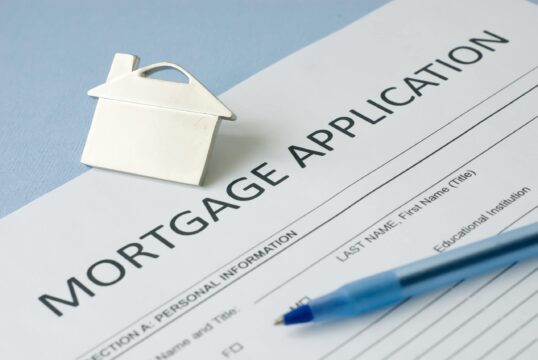What Is a Bridge Mortgage?
A bridge mortgage is a short-term loan designed to help homeowners access the equity in their current property to finance the down payment and closing costs of a new home. By using the equity in your existing home as collateral, you can secure the funds needed for your new purchase.
Typically, bridge mortgages have terms ranging from three months to a year, though some lenders may offer extensions. The amount you can borrow depends on the equity in your current home and the value of the new property you intend to buy.
Average Costs Associated with a Bridge Mortgage
The costs of a bridge mortgage can vary based on several factors, including the loan amount, interest rates, and associated fees. Generally, the average interest rate for a bridge mortgage is about 2% higher than that of a traditional mortgage. For instance, if the average rate for a conventional mortgage is 3%, you might expect to pay around 5% for a bridge mortgage.
In addition to higher interest rates, bridge mortgages often come with significant fees, such as origination fees, appraisal fees, and title search fees. These costs can add up to thousands of dollars, depending on the lender and the specifics of the loan.
Example of Costs
Imagine you need a bridge mortgage to facilitate your move from a current home valued at $300,000 to a new home costing $500,000. After securing a signed sale agreement for your existing home, let’s say you need to borrow $200,000 at an interest rate of 5%, plus $10,000 in fees and closing costs.
- Interest: $200,000 x 5% = $10,000
- Fees and Closing Costs: $10,000
- Total Cost: $20,000
In this case, you would repay a total of $220,000, which includes both the loan amount and the associated costs.
Reasons to Consider a Bridge Mortgage
1. Timing Issues
A bridge mortgage is particularly useful if you need to leave your current home before the sale is finalized. This financing option allows you to purchase a new home without waiting for the sale of your existing property.
2. Competitive Real Estate Market
In fast-paced real estate markets, homes can sell quickly, requiring buyers to act fast. A bridge mortgage enables you to secure your new home even if your current property hasn’t sold yet.
3. Home Renovations
If you plan to renovate your existing home before selling, a bridge mortgage can provide the funds needed for upgrades, which may help increase your property’s value and appeal.
4. Investment Opportunities
Real estate investors might also find bridge mortgages beneficial. If you’re looking to buy an investment property before selling another, a bridge mortgage can provide the necessary funds to seize a lucrative opportunity.
Steps to Take When Your Home Has a Firm Sale
Speak with a Mortgage Broker
If you have a firm sale date, consult a mortgage broker early in the process. They can help you navigate the terms of a bridge mortgage and identify suitable lenders.
Calculate Your Equity
Before applying, assess your equity by subtracting your current mortgage balance from your home’s market value. This equity will determine your borrowing capacity.
Determine Your Budget
A bridge mortgage can be costly, so it’s vital to evaluate your budget. Consider your income, expenses, and financial obligations to ensure you can manage the monthly payments.
Explore Other Financing Options
If a bridge mortgage isn’t feasible for you, consider alternative options like personal loans or home equity lines of credit to help finance your new purchase.
What to Do When Your Home Has Not Sold Yet
Engaging a mortgage broker can help you explore financing options if your home hasn’t sold yet. They can clarify whether a bridge mortgage is right for you.
To expedite the sale of your current home, work with a real estate agent to price it competitively. A well-priced home will attract more buyers and increase your chances of a quick sale.
Be prepared for potentially longer closing periods on your new home, which can give you more time to sell but may also result in carrying costs for two properties.
Warning Labels
While bridge mortgages can be beneficial, they also come with risks:
- Higher Costs: Bridge loans typically have higher interest rates and fees than traditional mortgages. Ensure you can absorb these additional costs in your budget.
- Sale Timeline Pressure: Borrowers must be confident they can sell their home within the required timeframe. Failing to do so could lead to defaulting on the loan.
- Complexity: The application process for bridge mortgages can be more complicated and time-consuming, often requiring additional documentation and thorough underwriting.
- Eligibility Restrictions: These loans are generally available only to those with a signed, unconditional sale agreement on their current home. If you don’t meet this criterion, a bridge mortgage may not be an option.
Consider Reading: Understanding Mortgage Registration Types: Standard vs. Collateral Charge Mortgage
Conclusion
A bridge mortgage can be a valuable tool for homeowners needing extra funds to facilitate the purchase of a new property while awaiting the sale of their current home. However, understanding the eligibility requirements, costs, and potential risks is crucial before proceeding. By considering these factors, you can make an informed decision about whether a bridge mortgage is the right choice for you.


